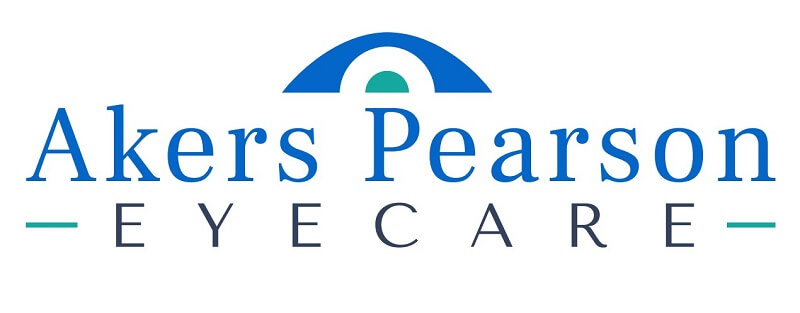Protect Your Eyes With These Contact Lens Safety Tips
Contact lenses have an excellent safety record – as long as the wearer carefully follows their eye doctor's instructions. October is Contact Lens Safety Month, so there's no better time to brush up on safety tips to keep your eyes and vision healthy while wearing contact lenses!
If you have further questions, need to update your prescriptions, get an eye exam or are considering a new brand or type of contact lens, contact Akers Pearson Eyecare in Mesa today.
How to Take Care of Contact Lenses
If you wear contact lenses, you know how convenient and freeing they can be. No worrying about breaking your glasses while playing sports or having them fog up in the rain or cold. Even so, it's vital to care for your lenses correctly.
- Wash your hands with soap and water, then dry them with a paper towel or lint-free towel before handling your lenses
- Clean and disinfect non-disposable lenses according to the directions of the manufacturer or your eye doctor
- Never sleep in your contact lenses (unless they're specifically designed for overnight use)
- Never wear lenses that are damaged or torn
- Avoid contact with water (such as swimming or showering) while wearing contact lenses
- See your eye doctor at Akers Pearson Eyecare regularly for eye checkups
If you develop symptoms such as redness, pain, or blurred vision, contact Akers Pearson Eyecare to schedule an appointment.
Are All Contact Lenses Safe?
All contact prescription contact lenses are safe, provided the person wearing them cares for them properly.
While having clean hands is a must for any type of contacts, disposable daily lenses don't require maintenance. Single-use lenses are a great option because you can just toss them away after each use. This eliminates the need to clean and store your lenses, which can help reduce the risk of infection.
In contrast, people who wear reusable soft contact lenses are 4 times more likely to develop a very rare but serious eye infection. Researchers found that the risk of developing an acanthamoeba keratitis (AK) infection was higher in those who slept in them or didn't disinfect them properly.
The risk of developing an eye infection is very low when patients follow safety instructions.
Whether you wear disposables, reusables or no lenses at all, if you develop eye symptoms such as redness, pain, or blurred vision, contact your Mesa eye doctor at Akers Pearson Eyecare to schedule an appointment.
The Dangers of Decorative (Costume) Lenses
Did you know that the decorative lenses many people wear on Halloween and at parties can be dangerous to your eye health? Here are some things to consider before popping in these types of contacts:
- It’s illegal to buy and sell contact lenses without a prescription according to the FDA, and Health Canada requires a license to sell them too. That includes cosmetic lenses like colored contacts, even if they don't correct your vision.
- Decorative contact lenses can cause serious bacterial and fungal infections.
- Non-prescription contact lenses can cause corneal ulcers, which are open sores on the eye.
- All of the above can result in permanent vision loss.
This is why it’s crucial to wear only lenses that have been prescribed and fitted by your optometrist and to follow your eye doctor's safety guidelines.
Take care of your eye health this Contact Lens Safety Month and all year long. Your eyes will thank you!
We invite you to visit Akers Pearson Eyecare in Mesa for all your eye care concerns.
FAQ
Why do contact lenses have expiration dates?
Wearing your contacts past their expiration date can cause your eyes to become dry and irritated due to a buildup of debris and allergens. This can lead to eye infections and corneal damage.
Why was Contact Lens Safety Month founded?
Every October, a non-profit eye health organization called Prevent Blindness encourages people to double down on contact lens safety. The organization's mission is to reduce avoidable vision loss by promoting eye health and educating lens wearers on ways to use and preserve their contact lenses.

